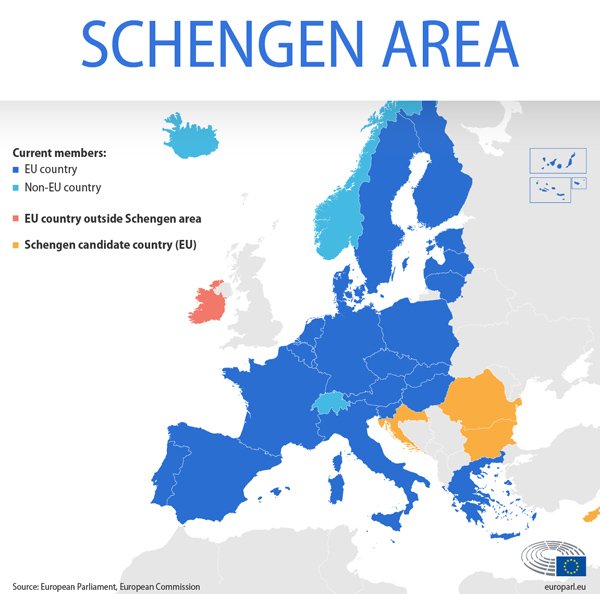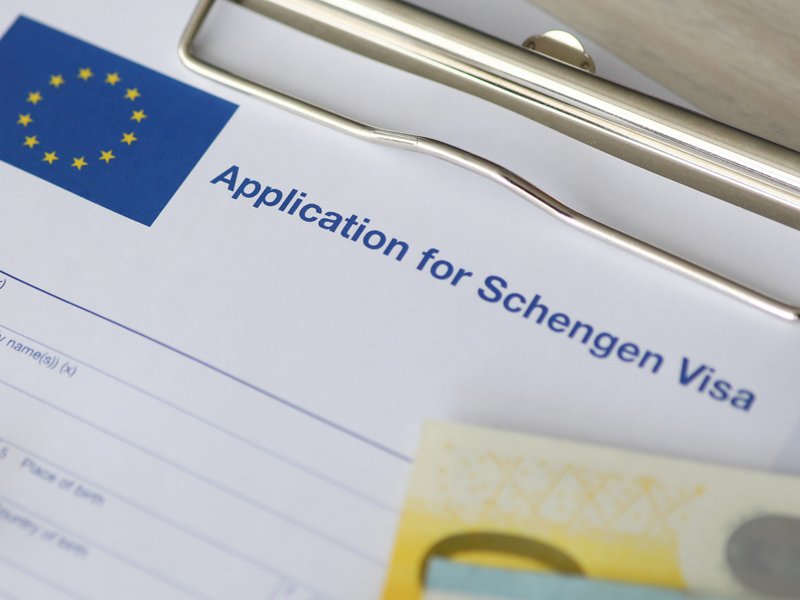Understanding Schengen and why we love it.
If Europe’s been on your mind, you’ve heard the term Schengen. In plain words: it’s a group of European countries that let you move between them without routine border checks—a bit like travelling from one Indian state to another. For students, that means weekend trips, internships, conferences, and cultural experiences across multiple countries with one set of entry rules. Today, the Schengen Area covers 29 countries, including new additions Romania and Bulgaria (from 1 January 2025).
What this means for Indian students (and parents) 
- Short stays (tourism/business): The standard Schengen “Type C” visa lets non-EU visitors travel up to 90 days in any 180 days across all Schengen countries.
- For study (long stays): Indian students typically apply for a national “Type D” student visa from the country where they’ll study. With a valid D visa or residence permit, students can still visit other Schengen countries for up to 90/180 days—great for conferences, short courses, or quick breaks.
In short: Study in one Schengen country, explore many.
Why Schengen is a smart choice for Kerala
- Real mobility: Land in, say, Germany or France—and plan trips to Spain, Italy, the Netherlands, Austria, and more, all under the same travel umbrella. (Carry your passport/permit; spot checks can happen.)
- Academic flexibility: Cross-border research, multi-campus programs, hackathons, medical/pharma congresses—easy to access across the bloc.
- Quality + value: Public transport is excellent, student discounts are common, and many cities offer affordable living compared with some traditional destinations.
- Parents’ peace of mind: Clear visa rules, strong public services, and a large Indian community across major cities.
Common misunderstandings—cleared up
- “Schengen = EU?” Not exactly. Most EU countries are in Schengen, plus four non-EU countries (Iceland, Liechtenstein, Norway, Switzerland). Conversely, Ireland is not Schengen, and Cyprus is still in the process of joining—so separate entry rules apply there.
- “Visa waiver applies to everyone?” No. Some nationalities don’t need visas for short visits (that’s the “visa waiver”). Indian citizens do need a visa for Schengen short stays, and a Type D for studies. A planned pre-travel authorization for visa-exempt visitors (ETIAS) is not a visa and is scheduled to start in late 2026—it does not affect Indian students applying for Schengen visas.
Quick planner: timelines that work
- For September/October (Fall) starts: Begin applications 9–12 months early for test prep, documents, and scholarships.
- For January/February (Spring) starts: Aim 6–9 months ahead.
Add buffer time for biometrics, visa appointments, and hostel booking—peak seasons get busy.
A note on new members
With Romania and Bulgaria now fully part of Schengen (including land borders from 1 January 2025), Eastern and Central Europe just became even more connected—good news for students who love to travel on a budget.
Friendly takeaway
If you want world-class education plus the freedom to explore, picking a Schengen country for your studies is a practical, budget-smart move. Study in one country, build a European network, and collect experiences (and internships) across borders.
Thinking Europe?
Let’s map your best-fit Schengen study plan—course, country, city, and visa pathway—end-to-end. At IRS Study Abroad, we are happy to help you choose the Schengen country of your choice. Call our counsellor or send a message today itself.
